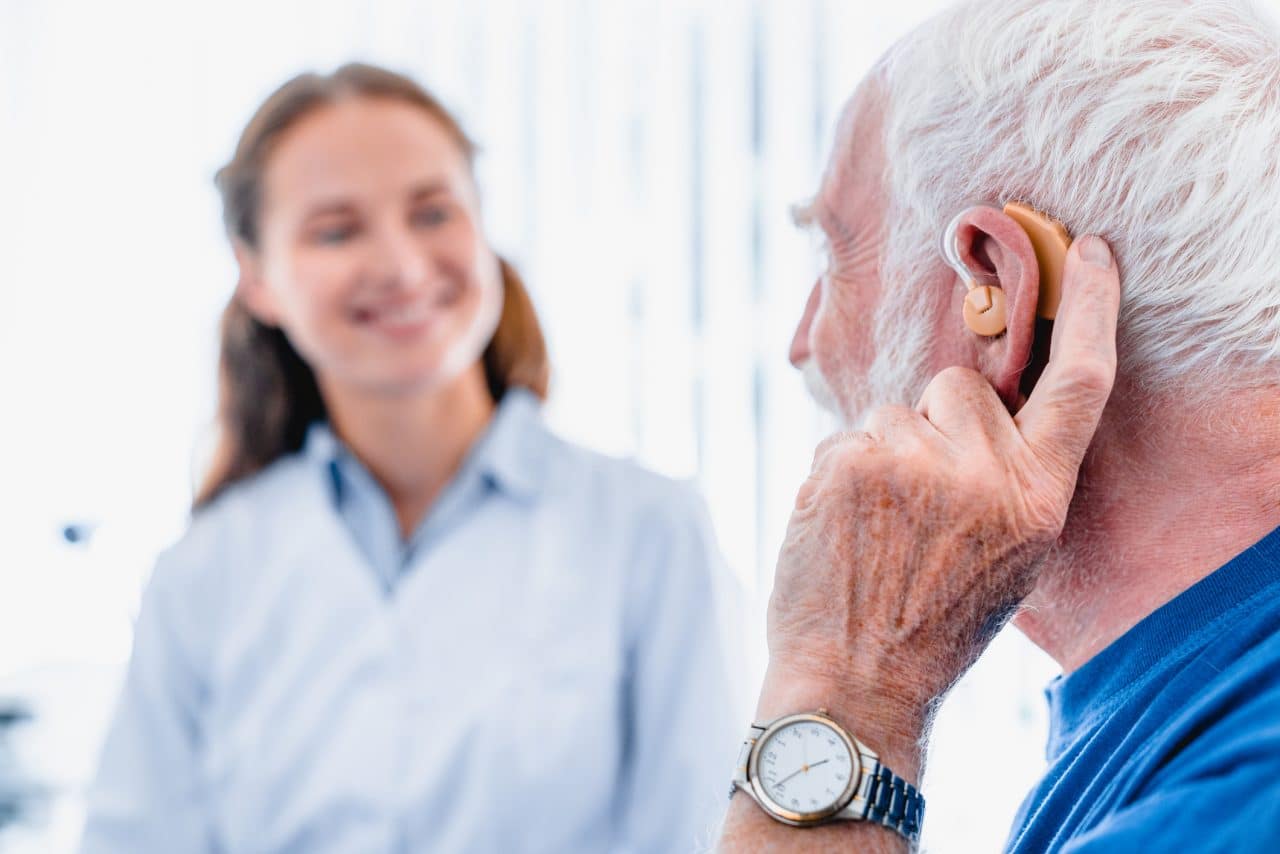Your inner ears are responsible for helping you both hear and balance when hiking on Doll’s Head Trail. Because these systems are housed so closely together, it’s common for someone with hearing problems to also experience balance problems and vice versa. Fortunately, both can be treated the same way in many cases: with hearing aids.
How We Hear & Balance

Soundwaves travel through the outer ear into the ear canal and then hit the eardrum, which creates a vibration. Once the vibration enters the fluid-filled cochlea in the inner ear, it activates tiny hair cells called stereocilia. These cells convert soundwaves into electrical energy that travels to the brain via the auditory nerve to be interpreted as sound.
The inner ear also contains the semicircular canals, which are also filled with fluid that reacts to movement and activates tiny hair cells. Each set of semicircular canals detects a different type of movement: one detects up/down movement; one detects side-to-side movement; and one senses tilting movement.
What the Research Shows
A study by researchers at the Washington University School of Medicine examined the effect of hearing aids on postural stability. The study was published in the journal The Laryngoscope in 2014.
Study participants included 14 older adults ages 65 to 91. The researchers evaluated their balance using standard balance tests, which entailed standing feet-together on a thick foam pad and standing on the floor in a heel-to-toe formation. For both these tests, participants had their eyes covered. Each test was performed twice, once with hearing aids off and once with them on.
For the foam pad test, the average duration the participants stayed stable with hearing aids off was 17 seconds, compared to 26 seconds for hearing aids on. For the heel-to-toe test, the average duration of stability was 5 seconds with hearing aids off, compared to 10 seconds with them on.
The authors note that though this trial is small, the results are statistically significant.
How Do Hearing Aids Improve Balance?
What is significant about this study is it’s the first to show that sound itself helps maintain postural stability.
Senior author Timothy E. Hullar explained that, “The participants appeared to be using the sound information coming through their hearing aids as auditory reference points or landmarks to help maintain balance.”
“This study suggests that opening your ears also gives you information about balance,” he continued.
For more information or to schedule an appointment, call Advanced Hearing today.



